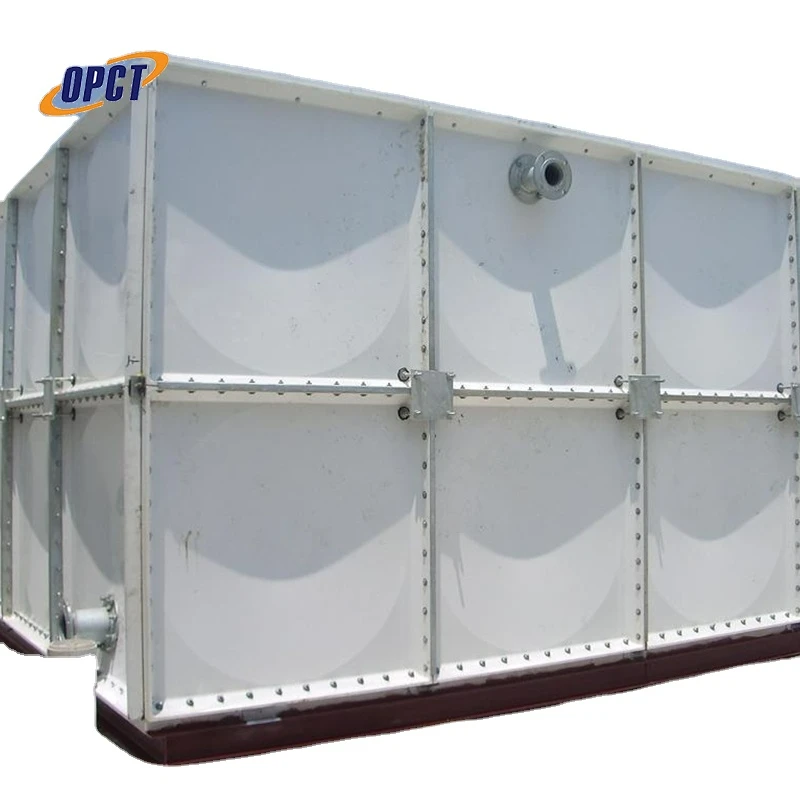


Chemical Storage Tanks Ensuring Safety and Efficiency in Handling Hazardous Materials
Chemical storage tanks play a crucial role in various industries, including manufacturing, pharmaceuticals, and agriculture. These tanks are designed to hold hazardous materials safely, efficiently, and in compliance with environmental regulations. As industries expand and the demand for chemicals increases, the importance of proper storage practices cannot be overstated.
Types of Chemical Storage Tanks
Chemical storage tanks come in various shapes and sizes, each designed for specific storage needs. The most common types include above-ground storage tanks (ASTs), underground storage tanks (USTs), and portable tanks. Above-ground tanks are typically used for large volumes of liquids and can be made from materials like steel, fiberglass, or polyethylene. They are easier to inspect and maintain compared to underground tanks. On the other hand, underground tanks are favored for aesthetic reasons and to minimize the risk of spills affecting the environment.
Portable tanks offer flexibility and can be easily moved to different locations, making them ideal for construction sites or temporary chemical storage needs. Additionally, some tanks are designed specifically for corrosive or volatile chemicals, utilizing materials that can withstand harsh conditions.
Regulations and Compliance
Storing chemicals is heavily regulated due to the potential risks associated with hazardous substances. Various organizations, including the Environmental Protection Agency (EPA) in the United States, have established standards to ensure safe storage practices. These regulations cover everything from the construction of storage tanks to maintenance procedures and spill response plans.
Compliance with these regulations is vital not only for legal reasons but also for the protection of workers, the environment, and the surrounding community. Non-compliance can result in significant financial penalties, legal ramifications, and damage to a company’s reputation.
Safety Measures and Best Practices

The safe storage of chemicals begins with selecting the right tank for the specific substance being stored. Factors to consider include the chemical's compatibility with the tank material, its temperature and pressure requirements, and any potential hazards it may pose.
Regular inspection and maintenance of storage tanks are essential to prevent leaks and spills. Companies should implement a routine inspection schedule and keep detailed records of maintenance activities. Furthermore, installing secondary containment systems, such as spill berms or double-walled tanks, can provide an additional layer of protection against potential leaks.
In addition to physical safety measures, training for employees is critical. Staff should be educated about the types of chemicals they are handling, the proper procedures for storage and retrieval, and emergency response protocols in case of an accident. Conducting regular safety drills can help ensure that employees are prepared to act swiftly and effectively in an emergency situation.
Environmental Considerations
Protecting the environment is a major concern when it comes to chemical storage. Leaks and spills can have devastating effects on local ecosystems and water supplies. Companies must implement Environmental Management Systems (EMS) to monitor their storage practices and minimize their ecological footprint. This may include regular environmental audits, risk assessments, and implementing sustainable practices that reduce dependency on hazardous materials.
In recent years, there has also been a push towards developing more eco-friendly chemical storage solutions. Innovations such as biodegradable storage containers and eco-efficient tank designs are being explored as part of the industry’s effort to promote sustainability.
Conclusion
Chemical storage tanks are integral to the safe handling of hazardous materials across numerous industries. By adhering to regulations, implementing best practices, and investing in employee training, companies can ensure the safe and efficient storage of chemicals. As the industry evolves, ongoing attention to safety measures and environmental stewardship will be essential in protecting both people and the planet. Proper management of chemical storage tanks not only safeguards lives but also contributes to a sustainable future.